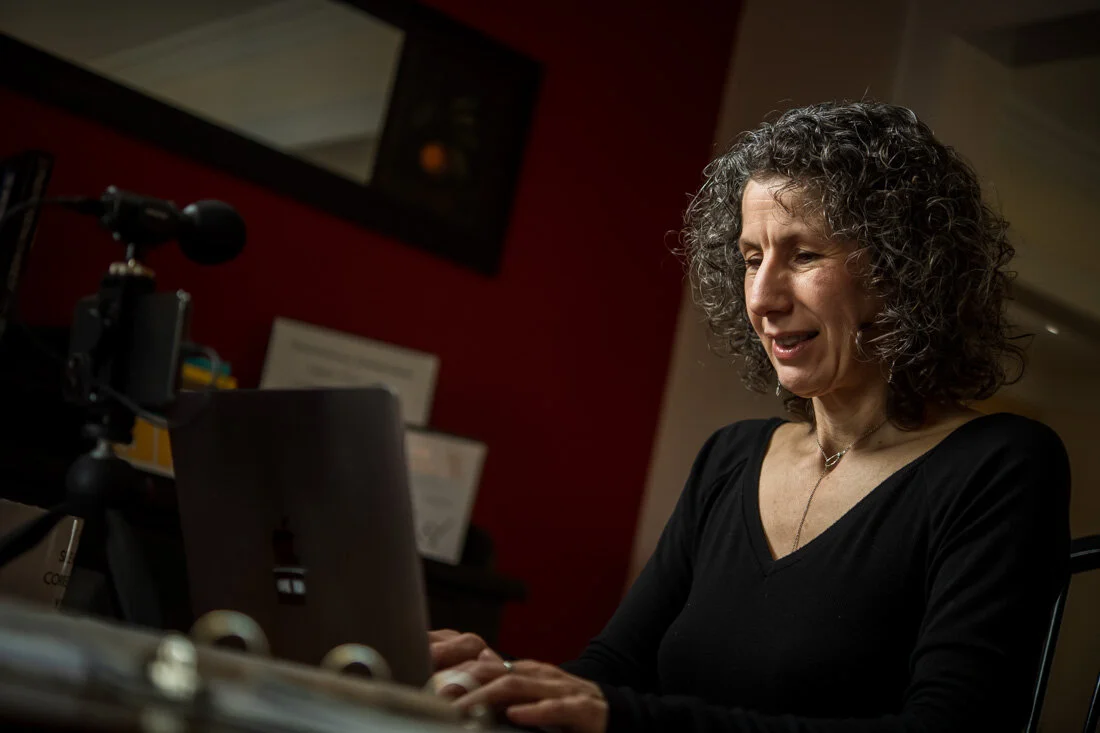The one thing most experts are missing in their image portfolios?
Amidst all of the beautiful photos that exist in experts’ image portfolios...
...the key piece to the puzzle, undoubtedly, is missing in many of them.
Recently, I was reviewing a client's previous portrait session with another photographer as part of our pre-session strategy call.
On many occasions, I request to look at these photos as a way to see where the gaps lie in terms of what they have and what they need, as well as what needs to be replaced.
And, on many occasions, this deep dive proves to be a good news/bad news scenario.
The bad news?
Well, in this particular client’s case, I reviewed an album of 125 photos, and as I scrolled through, it felt as though I was looking at the same 5-6 photos duplicated over and over again.
Same poses. Same expressions. Similar outfits.
Oh, they were pretty photos, no doubt, but not much distinction visually from shot-to-shot.
So what appears, on the surface, as an album of 125 images actually is more of an album of 6 unique photos in total.
That file transfer could’ve been A LOT smaller with a lot less photos.
The good news?
Together, we’re going to deep dive into who the client is, who she serves, what her process looks like, her personality, hobbies, passions and interests, and visually translate all of it into photographs, and solve this problem together by creating a wealth of photos that look and feel different from frame-to-frame.
This is the goal not just for this client, but for every single client in front of the camera.
If you’re a speaker, trainer, consultant, author or other expert-based business owner who leverages your online presence to attract an audience, you need visual variety in your image content.
Why?
You tell a wide variety of stories - empowering, vulnerable, educational, personal, etc. - and the same 6 photos cannot carry the water to visually punctuate all of those stories.
Repeating the same photos over and over and over again dilutes the sentiments of the stories you’re looking to share.
Visual variety is the key to maximizing the value of your photos in order to captivate your audience’s attention the moment they come across them on their feeds.
You need an arsenal of ready-to-implement photos that can check the boxes of your many to-do’s on your marketing strategy checklist.
For example, let’s say you’re looking for an image to be used as a banner for your website homepage.
The website designer has already laid out the site with placeholder images and your copy.
They request you send a horizontal image where you’re smiling, looking directly into the camera and positioned on the left side of the photo with the right side full of open space so that your tag line can be placed in that space on the photo.
As you scroll through your image portfolio, all you see are vertically-oriented and tightly-cropped images where you’re positioned dead center with zero open space on your right side.
What does that mean?
Well, one of two things:
Option A - the designer is going to have to spend extra time Photoshopping you out of the original photo, create and place you on a fake background so that you are positioned on the left-side of the image in order to continue with the original plan.
Option B - you book another photoshoot to capture the image right in the camera and send the new photo to be implemented immediately into the site and keep the process on the rails.
In either case, you’re losing time, adding extra effort and spending more money.
Long story short, getting the visual variety you need the first time around is the better option.
How do you ensure this?
Strategize before your session with your photographer to make sure they’re on the same page as you are in terms of your specific short-term and long-term image content needs for your marketing strategy.
Also, consult with your team as to all of the technical photo requirements for specific short and long-term projects and communicate those to the photographer during the session.
It will go a long way to keeping to your specific deadlines on target and not have to spend more money on additional design or photography costs, as well.
Who the hell wants to spend more money than they have to, anyway?
Have you specifically run into this problem in the past with your photos? How did you handle it?
Please share your experience in the comment section below.


